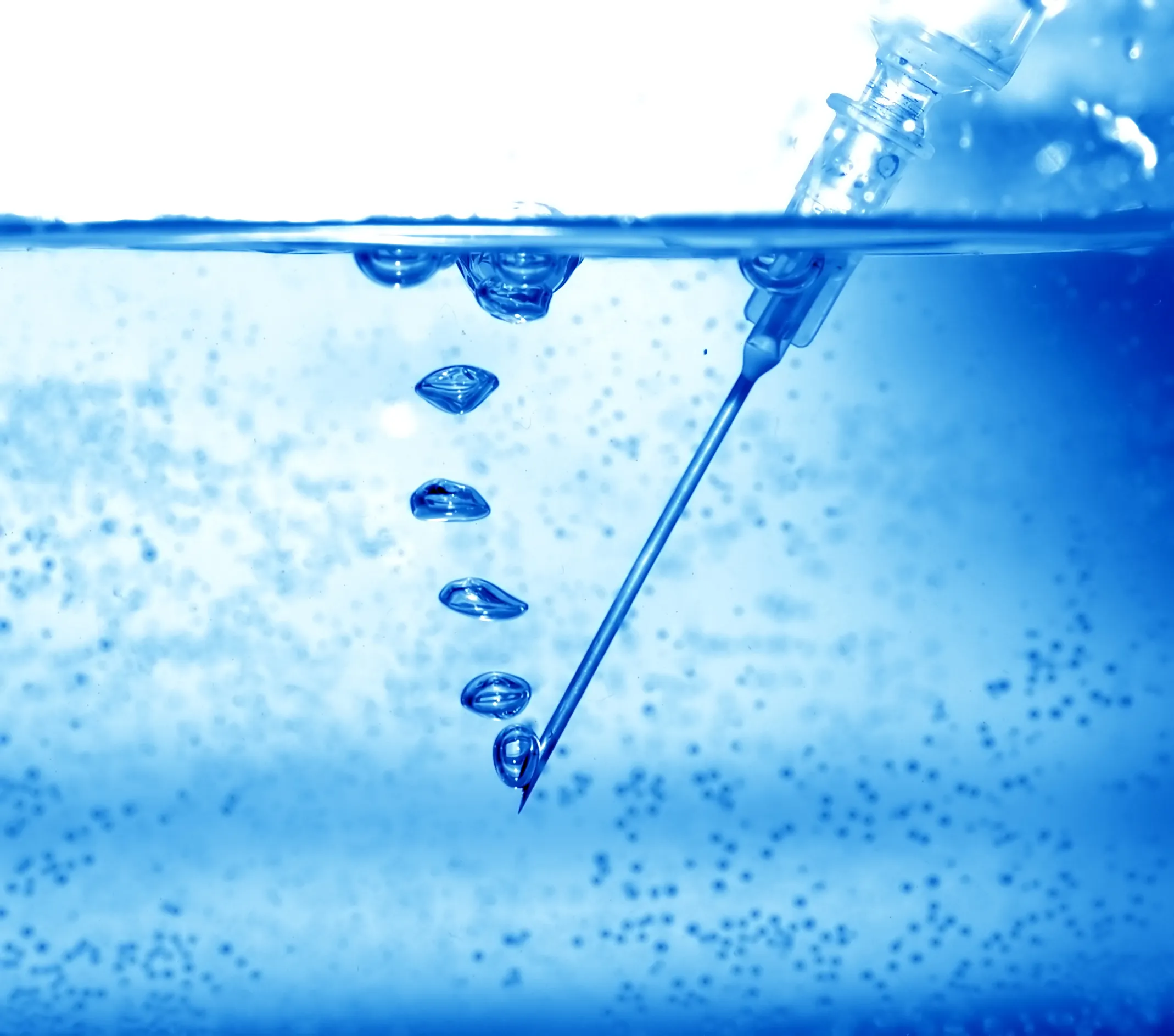Alkaline hydrolysis, also known as liquid cremation, biocremation, aquamation, or resomation, is the process of dissolving the remains of humans and animals in an alkaline solution. One myth is that acid is used, but it’s actually just a mixture of water and potash (a fancy way of saying water-soluble potassium salt).
You read that right—it’s nothing more than saltwater. The salt most commonly used is potassium hydroxide, though it is sometimes mixed with other salts like sodium hydroxide. You may also have heard this solution called lye, which simply means a strongly alkaline solution.
The amount of potash added depends on the weight of the remains, and the process works in much the same way that a body would naturally decompose in soil, except at an accelerated rate. In nature, your body takes anywhere from 10 to 50 years to decompose to a skeleton; with alkaline hydrolysis, the process can take anywhere from two to 12 hours.
One of the main factors that determines how long hydrolysis takes is not the solution used, but the type of equipment:
- Some machines allow the body to simply sit in the solution—this takes the longest, but also emits the least amount of energy and greenhouse gases.
- Some tilt the body and use some form of solution agitator, which speeds up the process.
- Some heat the solution and pressurize the chamber, which also speeds up the process. The added pressure also prevents the solution from boiling. This takes the shortest amount of time but uses more energy (though still about a third the amount of energy used and greenhouse gases emitted in traditional flame-based cremation).
It’s important to note that none of the machines used in this process use any mechanical processes to break down remains—it is all done with the solution and/or pressure and heat.
Regardless of the equipment used, the process of alkaline hydrolysis results in the same thing. The body returns to the elements it was made of—amino acids, peptides, sugars, and salts—and all that is left are the bones and any metal medical implants, which are then recycled.
The bones are turned into the ashes you would normally expect from a traditional cremation, and in many cases there are actually more of them because none of the bone gets burnt away in the process. The liquid containing the amino acids, peptides, sugars, and salts is filtered and released into the sewer system.
This is the part of the process that seems to make people the most uncomfortable, but what is released is essentially the same materials released as smoke when a body is cremated, and in addition to that, many of these materials are washed down the drain during the embalming process in a traditional burial.
During alkaline hydrolysis, all DNA is substantially if not completely destroyed, and what is left has a sterility assurance level (SAL) typically around 10-6, meaning that there is a one in a million chance of a microbe not being sterilized. According to the National Institutes of Health, a SAL of 10-6 is the established standard for sterilization.
One of the biggest issues is the pH level of the effluent released, as many governmental bodies have standards pertaining to appropriate pH levels in wastewater. The solution, when it begins, has a pH level around 14—the most alkaline solution possible—and by the end of the process it has usually dropped to around 11 or 12.
There are a lot of regulations and standards that go along with alkaline hydrolysis, but before a funeral home can even begin to think about all the regulations, they have to consider whether their country even deems the process legal.
Source: Frazer Consultants

